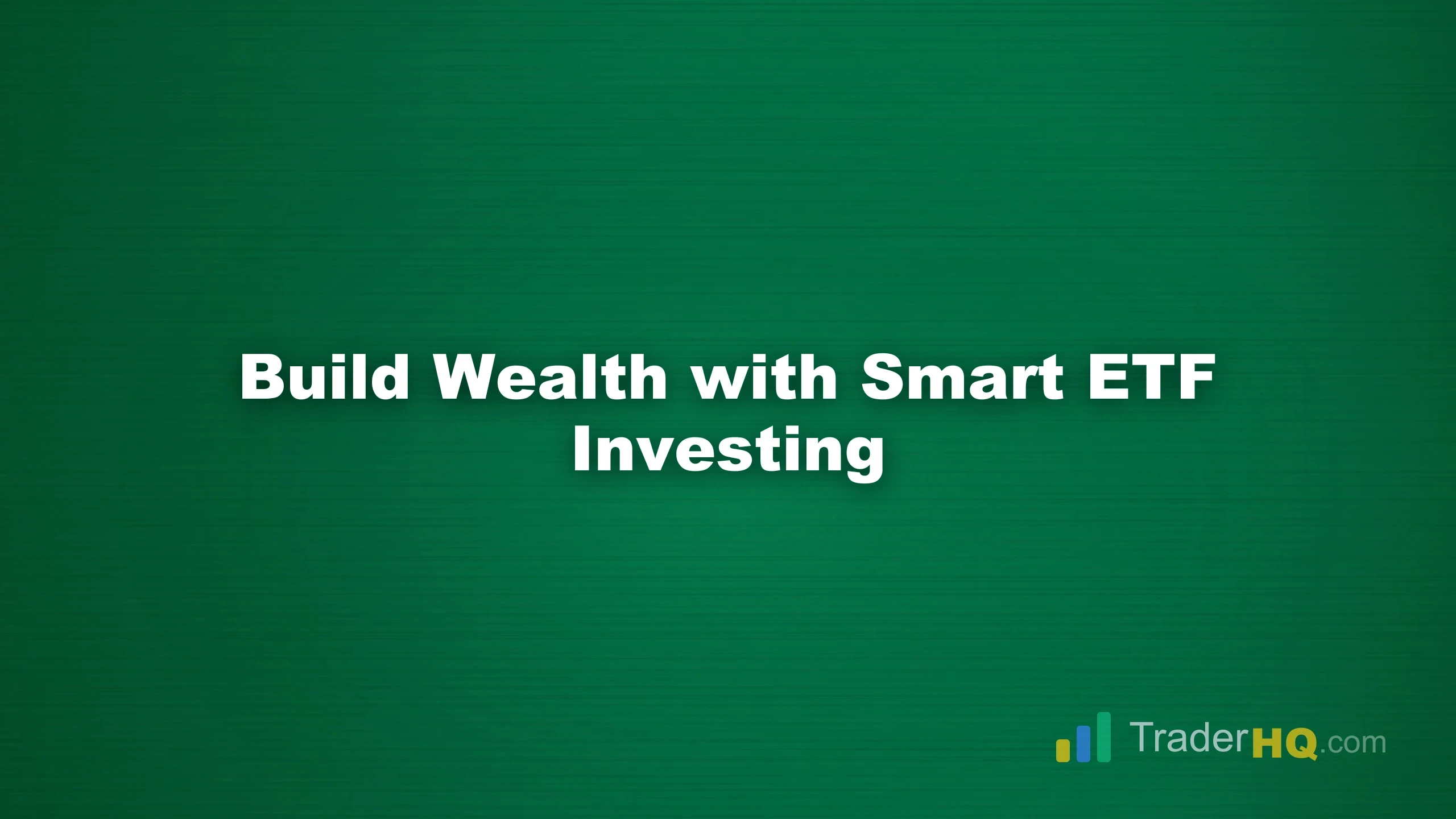Exchange-traded funds or ETFs are investment funds that trade just like stocks on stock exchanges and offer tax benefits, low costs, and easy diversification through a single purchase.
Many ETFs track an index like the S&P 500, and investors favor them due to low costs, tax efficiency, and easy diversification. They can be traded much like stocks—including options, short-selling, and limit orders. Today, thousands of ETF products exist covering every market sector and trading strategy.
Benefits of ETFs
- Low Costs – Most ETFs are passively managed and thus have low expense ratios.
- Stock-Like Trading – ETFs trade just like stocks, so you can buy and sell at any time during the trading day, including using stop and limit orders.
- Tax Efficient – ETFs typically generate relatively low capital gains distributions compared to mutual funds.
- Easy Diversification – ETFs provide diverse exposure to indices, sectors, bonds, and commodities in a single purchase.
Types of ETFs
- Index ETFs
- Stock ETFs
- Sector ETFs
- Style-Based ETFs
- Bond ETFs
- Commodity ETFs
- Currency ETFs
- Dividend ETFs
- Actively Managed ETFs
- Inverse ETFs
- Leveraged ETFs
How Do ETFs Compare to Mutual Funds?
ETFs typically offer a lower expense ratio compared to mutual funds, making the overall fees much lower for owning and selling ETFs.
ETFs are generally more tax efficient than mutual funds due to how capital gains get distributed to shareholders. The “in-kind” creation and redemption process used by ETFs minimizes taxable events.
ETFs trade like stocks and can be bought and sold at any time during market hours, while mutual funds can only be traded at the end of the trading day at the net asset value (NAV). ETFs can also be traded with options, puts, calls, limit orders, and stop-loss orders.
Popular ETFs for Most Investors
- Vanguard S&P 500 ETF (VOO)
- SPDR S&P 500 ETF (SPY)
- iShares Russell 2000 ETF (IWM)
- Schwab U.S. Dividend Equity ETF (SCHD)
- SPDR Gold Trust (GLD)
- Invesco QQQ (QQQ)
- Vanguard FTSE Developed Markets ETF (VEA)
- Vanguard Total Stock Market ETF (VTI)
Major ETF Providers
- Vanguard
- iShares (BlackRock)
- Fidelity
- Schwab
- Invesco
- State Street Global Advisors (SPDR)
Frequently Asked Questions
What is the minimum investment for an ETF?
Unlike mutual funds that often have minimum investment requirements of $1,000 or more, ETFs can be purchased one share at a time. Many brokers now offer fractional shares, allowing you to invest any dollar amount. This makes ETFs highly accessible for investors just starting out.
Are ETFs better than individual stocks for beginners?
For most beginners, ETFs offer significant advantages over individual stocks. A single ETF can provide instant diversification across dozens or hundreds of companies, reducing the risk that comes with picking individual stocks. Index ETFs like those tracking the S&P 500 are particularly popular starting points.
How are ETF dividends taxed?
ETF dividends are taxed based on whether they’re qualified or non-qualified. Qualified dividends (from stocks held more than 60 days) are taxed at the lower long-term capital gains rate. Non-qualified dividends are taxed as ordinary income. Holding ETFs in tax-advantaged accounts like IRAs can defer or eliminate these taxes.
